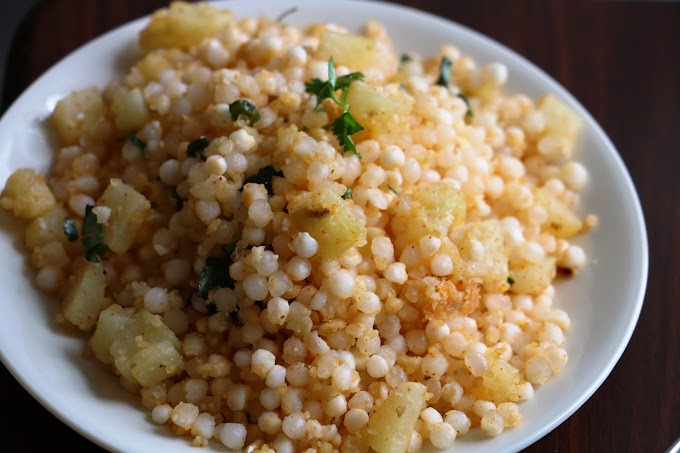The panipuri is a snack consumed in many parts of the Indian subcontinent. This dish is part of the chaat, the salty fried snacks served on the roadside. Little is known about its origins. The panipuri bears different names depending on the region. In Punjab, Haryana and Jharkhand, it is called golgappa.
In Rajasthan and Uttar Pradesh, pani ke bataashe. In Goa, Andhra Pradesh, Karnataka, Maharashtra and Tamil Nadu, panipuri. In West Bengal as phuchka. In Bihar and Madhya Pradesh as phulki. In Gujarat as pakori and in Chhattisgarh and Odisha as gupchup.

The hollow round and hard puri are broken at the top to fill it with a mixture of mashed potatoes, chickpeas and onions. Chutney of sweet tamarind or chutney of green peppers and garlic or mint are then poured into the shell and on the filling. Finally, beaten and sweetened yoghurt is poured generously on the puri and the whole is garnished with chickpeas, mung bean and leaves of chopped coriander.
There is, however, no fixed recipe, but the basic ingredients remain the same. One can add green mango, if it is the season, or a little lemon and chaat masala. You can also use spinach, corn, or paneer.
The puri are usually served by 5 or 6 per plate. Each puri should be eaten in a bite so that the entire spectrum of flavors and textures are present in the mouth at the same time. From Mumbai to Pune, the panipuri immediately evokes the street food but they are also served in more upscale establishments.
Recently, supermarkets have begun to market ready-to-eat versions. The panipuri was featured on screen in the film Rab Ne Bana Di Jodi, with Sharukh Khan and Anushka Sharma challenging themselves to eat more golgappas.

Preparation Time: 10 mins
Cooking time: 30 mins
Servings: 4 servings
Calories: 29 calories
Ingredients:
2 cup refined wheat flour
2 cup semolina
1 tsp baking powder
3 tbsp soda
3 potatoes
1 cup white peas
1 tsp black salt
1 tsp cumin powder
1 tsp pepper powder
1 tsp coriander leaves
2 tsp coriander powder
4 cups water
1 tbsp tamarind pulp
1 tbsp dates
1 tbsp cup jaggery
1 cup mint leaves
2 tsp ginger paste
1 tsp green chilli
1 tsp chilli powder
1 tsp dry mango powder
Salt to taste

Recipe Method:
Mix the baking powder with semolina, plain flour, soda water and salt. Knead well to make a semi-stiff dough. Cover it with clean wet cloth for about 10 minutes.
Divide the dough into equal sized balls, about 2 inches in diameter. Roll out each ball flat. Place each circle under damp cloth right after rolling.
Heat oil in a skillet. Float the circular pieces on oil. Deep fry these circles, slightly pressing with a slotted spoon. When it puffs up and are golden brown and hardens to spherical shape, remove from oil in a strainer. Place on absorbent tissue to drain out excess oil. Cool the bread spheres down to room temperature. Keep aside.
Peal off the potatoes and boil. Smash the potatoes and mix all the above mentioned ingredients for the filling.
Wash the dates, tamarind and place them in a saucepan. Also add the jaggery, salt, 1 cup of water and simmer for 20 to 25 minutes. Cool and strain the mixture through a sieve to get tamarind water.
Grind the mint, coriander leaves, ginger and green chillies into a paste using a blender. Mix them with the tamarind water and all the other ingredients to make a thick suspension. Refrigerate for about 2 hours to ensure proper blending.
Panipuri is to be eaten as soon as it is served. Now poke a small hole in the center of each puri and put the stuffing inside. Dip in the prepared water so that puri is filled with it. You have to put the entire puri into your mouth at once to savor the taste.









